10 Best Feng Shui plants to bring good fortune!
These plants can make difference!
Feng Shui emphasizes on plating the plants which are useful for the environment, Feng Shui makes it clear “Any plant believed to purify the air is an excellent choice to be kept near or in the houses, choose flowering plants with round or smooth-edged leaves or canopy and leaves that are clustered, higher number of leaves is more better.
Dont plant spiky or thorny plants near the houses as thorny plants break the positive flow of wealth and success. Arrange the plants in pairs to keep the balance of yin and yang. Along with having plants its equally important to take the responsibility of their care, keep them healthy and clean so that those can invite positive flow of chi.” Lets have a look to the 10 best Feng Shui plants to bring good fortune!

1.Crassula Ovata (Money Plant)
Native to South Africa, Crassula is the most popular Feng Shui plant. Its scientific name is Crassula ovata in the family Crassulaceae. It is most favorite Feng Shui plant known to attract money and good luck as it grows, plant is described to harmonize human existence with the surrounding environment, it produces positive energy with its well-rooted and vibrant new growth. As per Feng Shui plants with round or smooth-edged leaves or canopy and leaves that are clustered with higher number of leaves are considered the best.
Location – Indoor
Light – Semi Shade, Bright Light
Watering – Weekly, bi-weekly, less frequent
Temperature – Loves range 15 to 30 degree celsius
Botanical name – Crassula Ovata, – Get the plant now
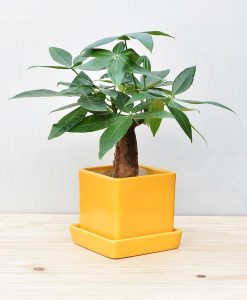
2. Pachira Aquatica (Money Tree)
Native to Central and South America, Pachira is one of the popular Feng Shui plants. Its scientific name is Pachira Aquatica in the family Malvaceae. It is popular Feng Shui luck bringer plant which attracts money, there is a famous tale of a poor farmer from Taiwan who prayed for money and found this plant on his way to home, he took it as an omen and made money by selling plants grown from its seeds, soon after he became very rich.
Location – Indoor
Light – Semi Shade, Bright Light
Watering – Weekly, less frequent
Temperature – Loves range 15 to 30 degree celsius
Botanical name – Pachira Aquatica, – Get the plant now
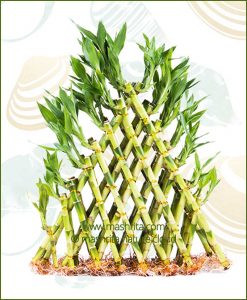
3. Dracaena Braunii (Lucky Bamboo)
Native to Asia, Lucky Bamboo is categorized under the plants family Ruscaceae with scientific name Dracaena Sanderiana (Dracaena Braunii). It has been a symbol of good fortune in the Asian culture from more than 5000 years. In Chinese, the Lucky Bamboo is known as Fu Gwey Zhu which has three symbols signifying Fu -Luck and Fortune, Gwey -Power and Honor, Zhu -Bamboo. Lucky Bamboo is believed to bring harmony among the five Feng Shui elements water, fire, earth, wood and metal for a more positive life experience.
Location – Indoor
Light – Semi Shade, Bright Light
Watering – Weekly, less frequent
Temperature – Loves range 15 to 30 degree celsius
Botanical name – Dracaena Braunii, – Get the plant now
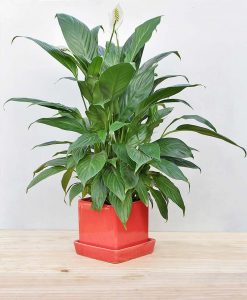
4. Spathiphyllum (Peace Lily)
Native to tropical Americas, Peace Lily is categorized under the plants family Araceae with scientific name Spathiphyllum, in Feng Shui it is considered as a fortune plant. Spathiphyllum is the super plant in terms of purifying the air, NASA Clean Air Study found that spathiphyllum cleans all types of environmental contaminants including benzene and formaldehyde. It lives best in shade and needs little bright light to thrive, and is watered approximately once a week.
Location – Indoor
Light – Shade, Artificial Light
Watering – Weekly, less frequent
Temperature – Loves range 15 to 30 degree celsius
Botanical name – Spathiphyllum, – Get the plant now

5. Epipremnum Aureum (Golden Pathos)
Native to French Polynesia, golden pathos are categorized under the plants family Araceae with scientific name Epipremnum Aureum, it is commonly known as Money Plant and very popularly grown plant in India. It has several local names like golden pathos, ivy arum, taro vine, Solomon Island ivy and devil’s vine. The plant has shiny heart-shaped leaves in the different shades of green and has several beliefs associated with the plant, it is believed that the plant brings luck, happiness and prosperity. As per Feng Shui, it is considered to bring wealth.
Location – Indoor
Light – Shade, Artificial Light
Watering – Weekly, less frequent
Temperature – Loves range 15 to 30 degree celsius
Botanical name – Epipremnum Aureum, – Get the plant now

6. Sansevieria (Snake Plant)
Native to Africa, snake plant is categorized under the plants family Asparagacea with scientific name Sansevieria, it is very popular houseplant. It has several local names such as snake plant, mother-in-law’s tongue, viper’s bowstring hemp etc. As per Feng Shui, it is considered to bring good luck. It was part of NASA Clean Air Study and found effective in improving indoor air quality by removing benzene, formaldehyde, trichloroethylene, xylene and toluene.
Location – Indoor
Light – Shade, Artificial Light
Watering – Weekly, less frequent
Temperature – Loves range 15 to 30 degree celsius
Botanical name – Sansevieria, – Get the plant now
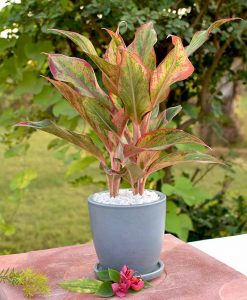
7. Aglaonema
Aglaonema is a popular indoor plant comes from arum plants family araceae, native to South Asia. Aglaonema have several hundred hybrid species with different grow habits, most of them are prone to extreme winters, except few like Agalonema Snow White. Agalonema is effective air purifier plant, it was part of NASA clean air study and found effective in removing indoor air pollutants such as benzene and formaldehyde. Aglaonema Snow White is considered luck bringer Feng Shui plant.
Location – Indoor
Light – Shade, Artificial Light
Watering – Weekly, less frequent
Temperature – Loves range 15 to 30 degree celsius
Botanical name – Agalonema, – Get the plant now

8. Spider Plant
Chlorophytum comosum is a flowering perennial herb which falls in asparagaceae plants family, native to southern Africa. It is popular houseplant commonly known as spider plant. It is hardy, easy to care, requires less frequent watering, once in couple of months when it is placed in temperature between 15 -22 degree celsius. Spider plant was part of NASA study and found effective in cleaning formaldehyde, xylene and toluene. It improves indoor air quality and reduces stress, a report published by the university’s Cooperative Extension Service cited spider plant as one of the top varieties for removing VOCs and other pollutants from indoor air.
Location – Indoor
Light – Shade, Artificial Light
Watering – Weekly, less frequent
Temperature – Loves range 15 to 30 degree celsius
Botanical name – Chlorophytum, – Get the plant now

9. Ficus Microcarpa
Ficus Microcarpa, also known as Ficus Ginseng, Chinese Banyan Tree, Malayan Banyan Tree, Taiwan Banyan Tree, Long Island, curtain fig etc, it is a tree native to South Asia. Ficus Microcarpa is hardiest tree which does not need direct sun light, frequent watering or feeding that makes it best bonsai for beginners. Ficus Benjamina from same ficus group was part of NASA Clean Air Study and it was found very effective in improving indoor air quality by removing formaldehyde, xylene and toluene. In Feng Shui Ficus Ginseng is considered as a good luck plant.
Location – Indoor
Light – Shade, Artificial Light
Watering – Weekly, less frequent
Temperature – Loves range 15 to 30 degree celsius
Botanical name – Ficus Microcarpa, – Get the plant now

10. Carmona
Carmona Microphylla gets fragrant white flowers and lovely green, shiny and waxy foliage, its leaves grow in neat clusters allowing the flowers and branch structure to be highly visible.
Location – Indoor
Light – Shade, Bright Light
Watering – Weekly, less frequent
Temperature – Loves range 15 to 30 degree celsius
Botanical name – Carmona Microphylla, – Get the plant now


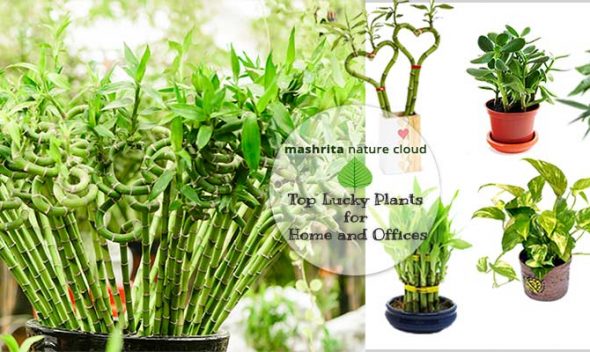
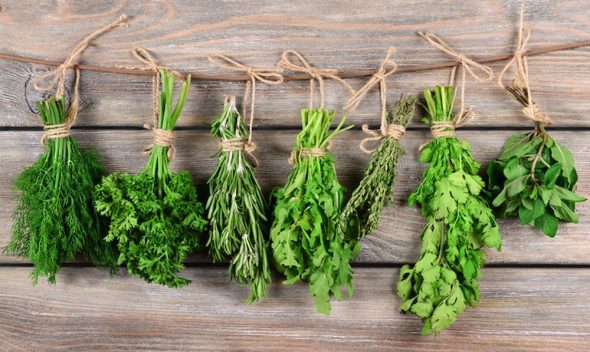
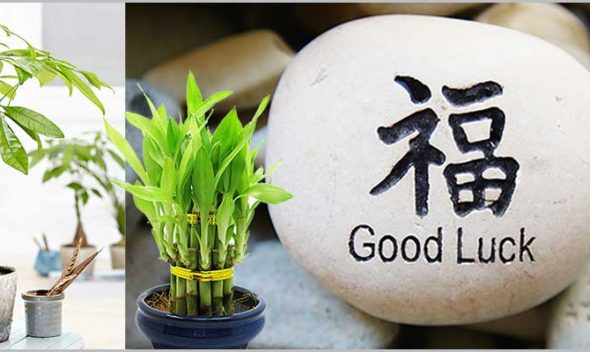
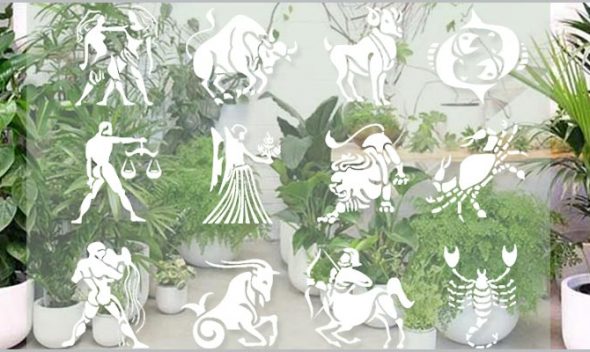
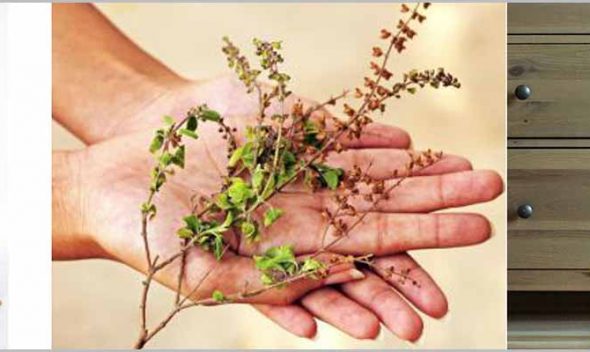
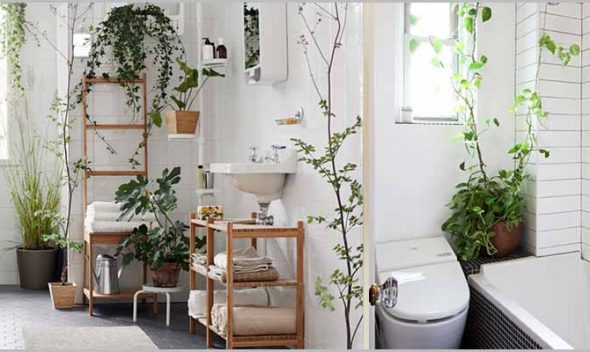


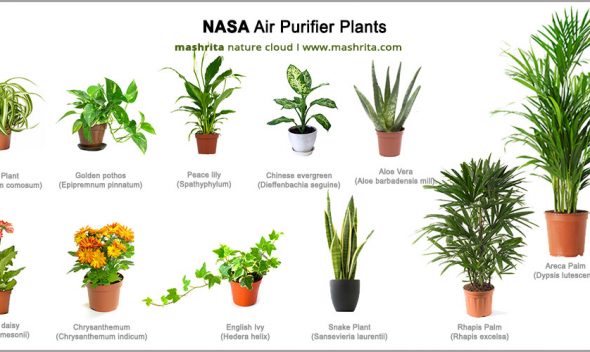

Leave a comment
You must be logged in to post a comment.